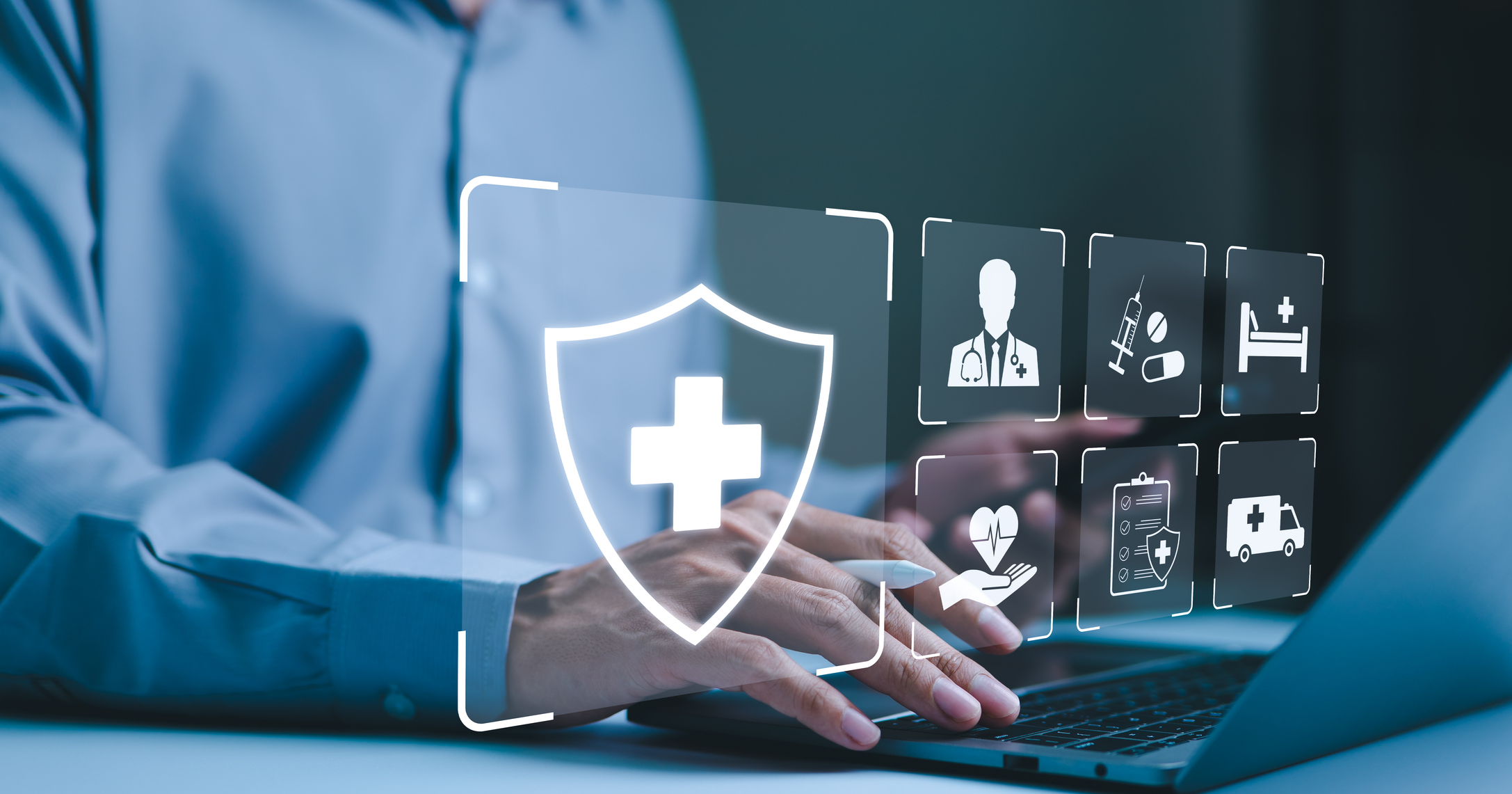Despite a brief post-pandemic dip, telemedicine continues to grow rapidly. One estimate predicts it will account for up to 30% of all healthcare visits by 2026.
It seems clear that telemedicine is well on the way to revolutionizing healthcare delivery, thanks to its ability to make medical care more accessible than ever.
However, there is a downside. This digital transformation also creates new opportunities for cybercriminals. With healthcare organizations relying more on virtual care platforms, strong security measures are more crucial than ever.
The Rising Threat in Telemedicine
Healthcare, along with every other industry, is facing a surge in data breaches. Attacks are becoming both more sophisticated and frequent, putting patient data and care delivery at risk.
Telemedicine is particularly vulnerable.
Common Cyberattack Vectors
Cybercriminals employ a number of tactics to breach telehealth systems.
According to Verizon’s Data Breach Investigations Report, web applications — a critical component of virtual care delivery — are the most vulnerable entry point, closely followed by email-based attacks, including phishing.
The stakes are high. Ransomware attacks made possible with stolen credentials can paralyze entire healthcare systems.
Factors Contributing to Vulnerabilities
The rapid expansion of telehealth services has introduced multiple security challenges. For example, many healthcare organizations outsource their telehealth services to third-party providers, creating additional points of vulnerability. The widespread use of personal devices for healthcare delivery by those providers further complicates security.
Implementing Robust Security Measures
Healthcare organizations must adopt comprehensive security strategies to protect their telemedicine platforms from cyber threats. Doing so requires a systematic approach that addresses fundamental security needs before implementing advanced cybersecurity solutions, according to Xantrion chief technology officer Christian Kelly.
“I think one of the bigger mistakes that companies make is they try to buy their way through poor security practices or poor security controls,” Kelly says.
Regular Software Updates and Patch Management
Maintaining current software versions and promptly applying security patches are key practices for robust cybersecurity in healthcare. Verizon’s report notes that breaches via vulnerability exploitation — that is, attacks taking advantage of software that hasn’t been updated with the newest security fixes — nearly tripled in 2024 compared to the previous year. Regular updates form a foundational defense against incursions.
Secure Communication Channels
All patient-provider interactions must take place over encrypted channels to ensure security. Secure video conferencing platforms, encrypted messaging systems, and protected file-sharing capabilities help organizations and providers maintain secure communications.
Multi-Factor Authentication (MFA)
Enhanced MFA across all systems represents another vital line of defense for healthcare organizations that provide services via telemedicine. Multiple verification methods, such as passwords combined with fingerprints or security keys, enhance security. Unauthorized access to systems and data becomes far more difficult for attackers to achieve.
Employee Training and Awareness
Regular security training is a must for all staff members who interact with telehealth systems. Ongoing education helps employees identify phishing attempts, follow effective security protocols, and maintain proper data-handling practices. Training programs should take in providers who may be working independently as well as employees at healthcare organizations.
Ensuring Compliance with Regulatory Standards
Meeting healthcare regulations isn’t just about avoiding penalties. It’s also essential for maintaining patient trust and ensuring quality care delivery.
Understanding HIPAA and HITRUST Requirements
Compliance with the Health Insurance Portability and Accountability Act (HIPAA) forms the foundation of healthcare security in the U.S., requiring healthcare organizations and those they do business with to conduct regular cybersecurity risk assessments and implement specific controls around privacy.
Health Information Trust Alliance (HITRUST) guidelines take security a step further by combining multiple international security standards into a comprehensive framework for assessing cybersecurity.
These requirements extend to all aspects of telehealth delivery, from video consultations to electronic prescriptions.
Conducting Regular Security Assessments
Regular risk assessments help organizations identify vulnerabilities before they can be exploited. Effective assessments include evaluating third-party providers, network configurations, and privacy considerations in remote care settings.
The Role of Leadership in Cybersecurity
Commitment from the top is crucial for maintaining strong cybersecurity in telehealth services.
Developing a Proactive Security Culture
Organizational leadership must foster a culture that prioritizes security, integrating it into all aspects of telehealth delivery.
As Kelly points out, it starts with security fundamentals. “It’s really important to look at [an organization] and where they are in their lifecycle and maturity around security and really do things in the right order,” he says.
Allocating Resources for Cyber Defense
Investing in robust security measures is essential, but it should be done strategically to make the most of an organization’s resources. “Do things in the correct order and get the basics done before you go off and get something fancy,” Kelly says of cybersecurity practices and tools.
Building a Sustainable Telehealth Security Framework
Protecting telemedicine platforms requires a balanced approach that combines technology, training, and strategic planning. By implementing these security measures and maintaining regulatory compliance, healthcare organizations can provide safe, reliable telehealth services — even as the field grows and threats multiply.
Want to learn more about securing your telehealth platform? Contact Xantrion today for a comprehensive security assessment tailored to your organization’s needs.

